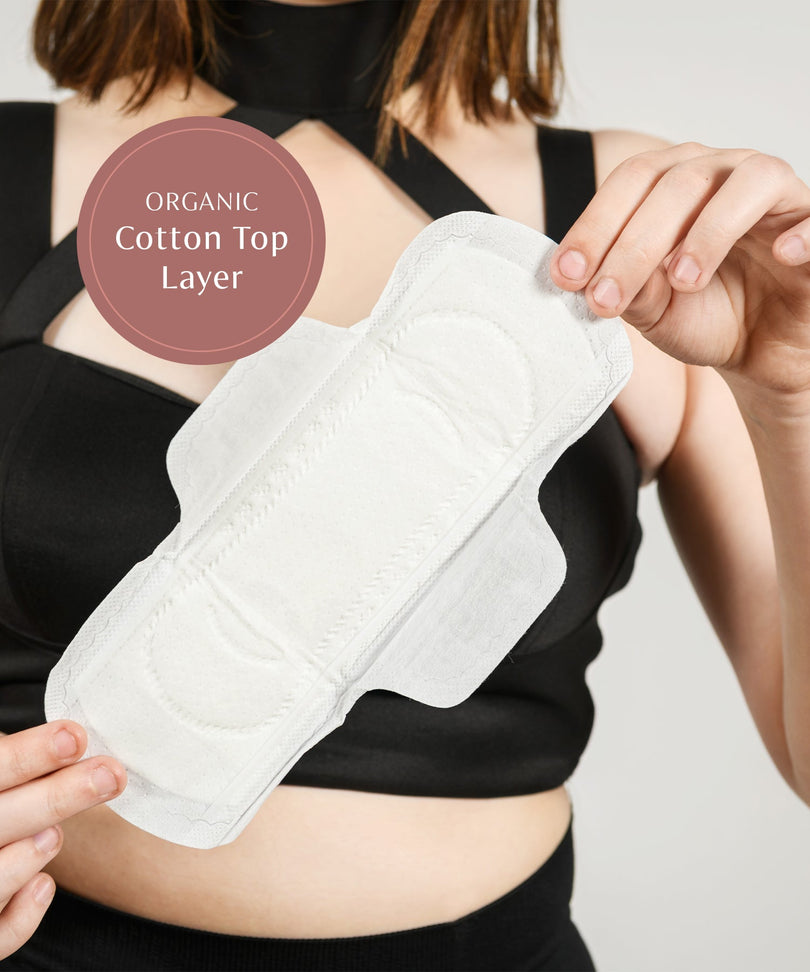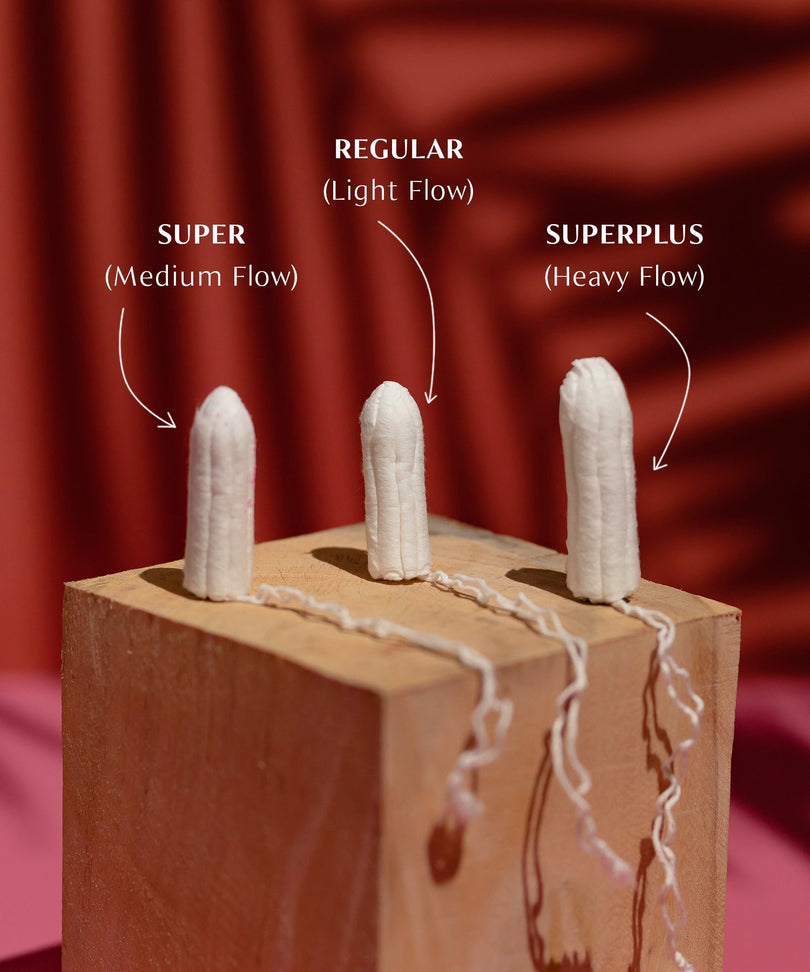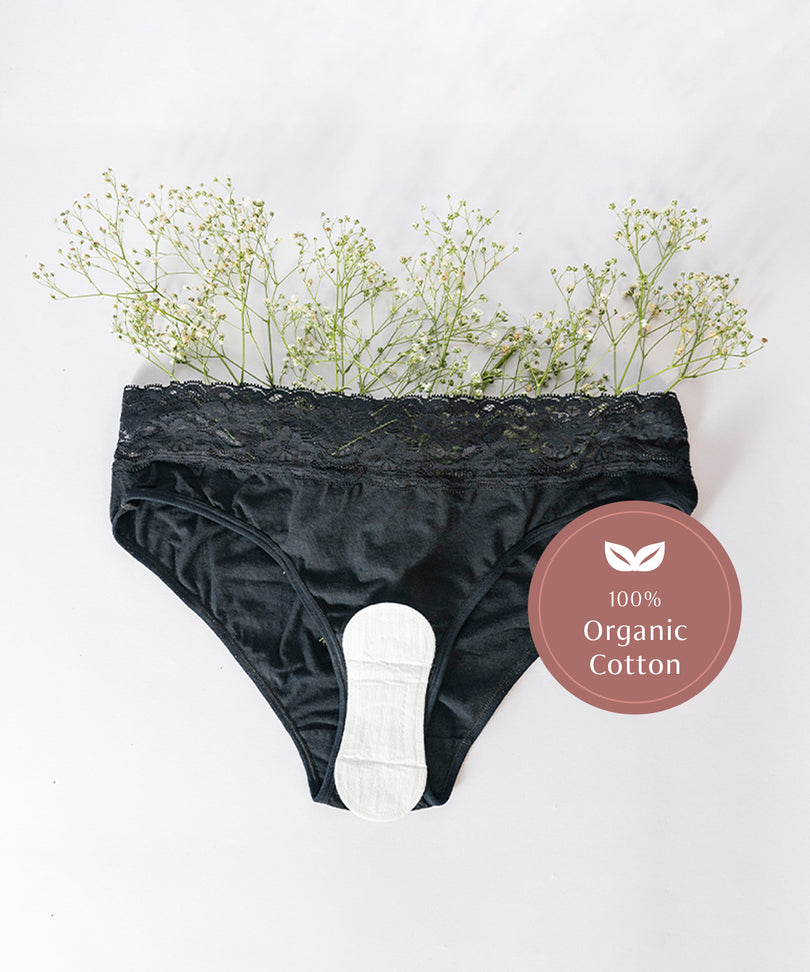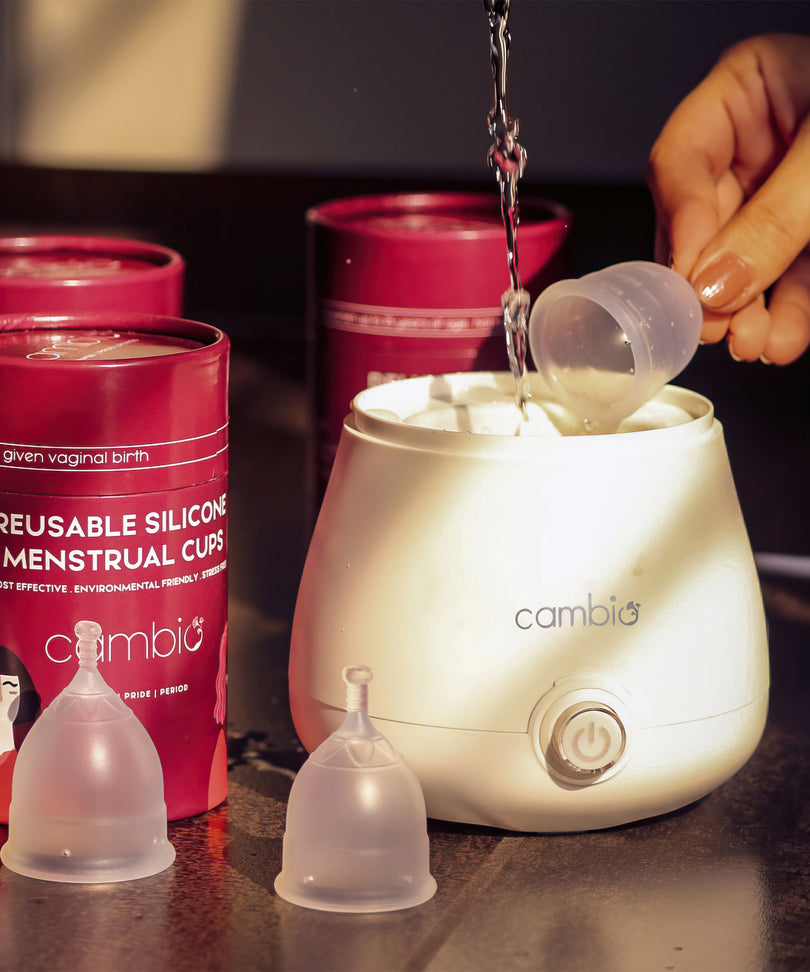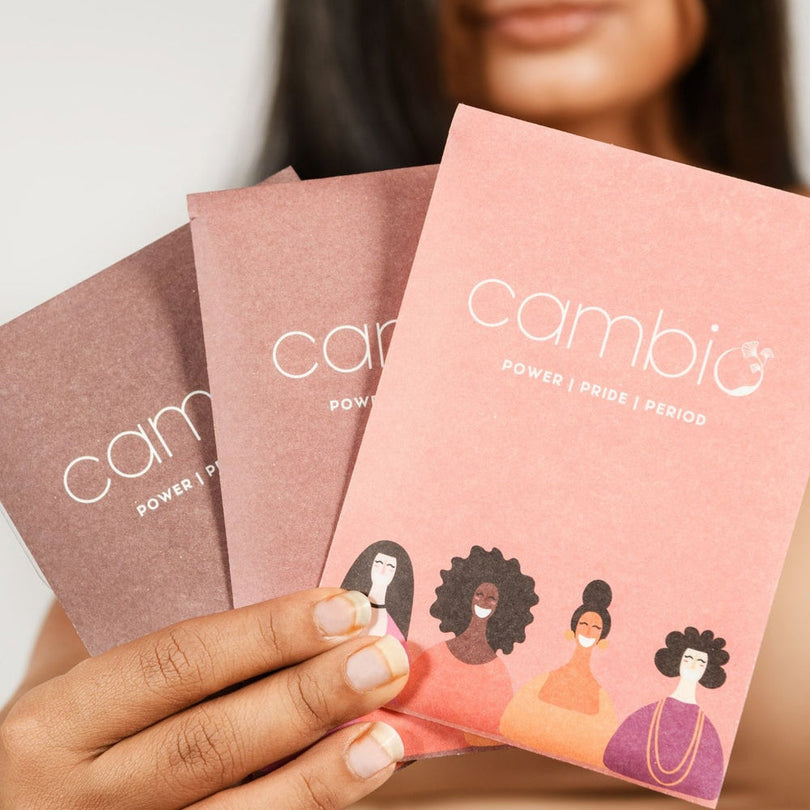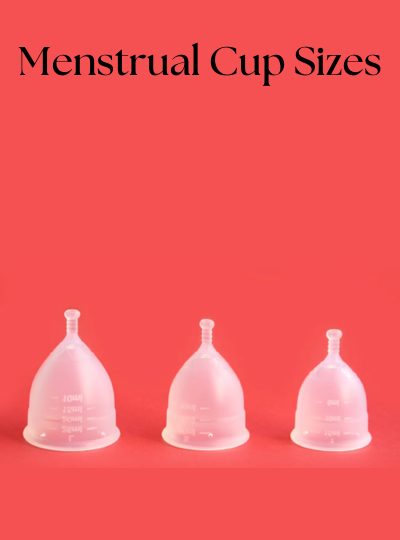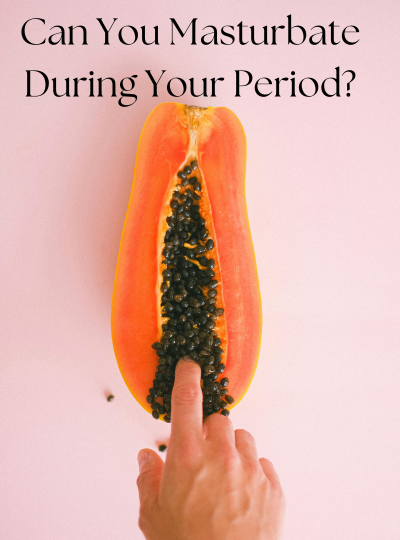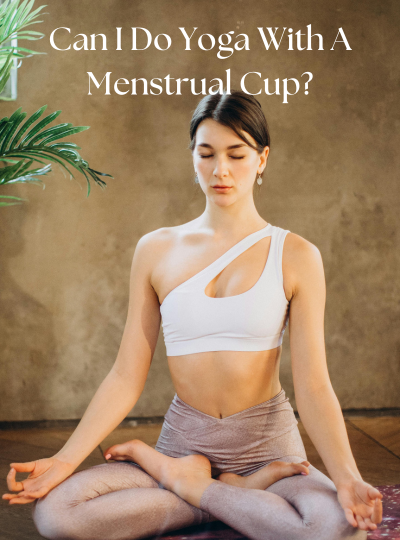Menstrual Cup Sizes: A Comprehensive Guide
Menstrual Cups are small, bell-shaped containers which are inserted into the vaginal canal to collect menstrual discharge. They are usually made of medical-grade silicone. They’ve been getting more popular as more menstruators are turning to more sustainable and budget-friendly period products.

Cambio’s menstrual cups are sized according to both the diameter and the height of the cup. We offer three sizes: Teen, Medium and Large.
Menstrual cup size chart: find your perfect fit
|
Teen |
Medium |
Large |
|
|
Capacity |
15ml |
20ml |
25ml |
|
Length |
46mm |
50mm |
54mm |
|
Diameter |
38mm |
42mm |
46mm |
|
Stem Length |
10mm |
10mm |
10mm |
|
Cervical Height |
Low to Medium cervix height |
Low to Medium cervix height |
Medium to High cervix height |
|
Flow |
Light to moderate flow |
Light to moderate flow |
Moderate to heavy flow |
|
Age |
Upto 19 years |
20-30 years |
30+ |
|
Birth History |
No experience of pregnancy/childbirth |
No experience of pregnancy/childbirth |
History of pregnany/childbirth |
|
Pelvic Muscles |
Tight pelvic muscles |
Tight to average pelvic muscles |
Average to loose pelvic muscles |

Factors influencing menstrual cup size selection
There are several factors which influence which cup size will be best for you.
The Teen size is best for those who recently started menstruating, and may not have used a tampon or had intercourse. The Medium size is recommended for those under 30, while the Large size is for those over 30.
- Physical Activity - If you’re physically active and perform exercises which target and strengthen your pelvic floor muscles, those muscles may be tighter, even if you’re above 30 or have had a full-term pregnancy.
- Sexual Activity - If you’re sexually active, your vagina is more accustomed to stretching to hold a larger cup size. The Teen size is specifically recommended for younger virgins (who have not had penetrative sex).
- Cervix Height - This is the length of your vaginal canal and can change throughout your menstrual cycle. You can measure your cervix by gently inserting your middle finger into your vagina before or on the first day of your period. It should feel similar to the tip of your nose.
If you reach it with your knuckle sticking out, it’s a low cervix. If you have to fully insert your finger, it’s a high cervix, and anything in between is average.
- History of Full-Term Pregnancy - Pregnancy can weaken your pelvic floor muscles and larger cup sizes will be more secure for those who have either had a full-term pregnancy or who have given birth (either through a normal delivery or a C-section).
- Flow - Your menstrual flow will also influence the size of the cup you choose. If you have a heavy flow, you might want to opt for a larger size as it will have a higher capacity for blood. The above factors are more relevant than flow for finding the right cup size as they deal with the fitting of the cup into your body.
`Also read - Can I do yoga with a menstrual cup?
How to choose the right menstrual cup size for your body?
We’ve prepared a menstrual cup size quiz to help you determine the right size for you!
Once you start using a menstrual cup, you can determine whether it’s the right size for you if:
- You can insert and remove it easily by following the instructions
- The rim of the cup creates a proper seal when inserted
- It feels comfortable when inserted
- It does not leak (if not at full capacity)
- The base of the cup is within the vaginal canal when inserted
In case you feel you’d like to try a different size, Cambio offers a free size exchange as well!
Also read - Menstrual cup vs pads which is better
Common myths about menstrual cup sizes
Myth: One size fits all
Menstrual cups come in different sizes to be used by people of different ages, body types and experiences. Smaller sizes are for those under 30 who haven’t had a full-term pregnancy, while larger sizes are better for those above 30 or those who have had a full-term pregnancy/given birth.
Myth: You have to change your cup size once you turn 30 or after you experience pregnancy/birth
If you were using a Medium cup before giving birth, you can still try to use the same cup when you get your periods back. These guidelines are just estimates used to recommend the best sizes for certain groups of people, but they may not always be applicable. If you have a cup at home, you can definitely try it out again and see if it’s a comfortable fit before considering to purchase a new one.
Myth: All menstruators with active lifestyles need a smaller cup size
Your fitness level can influence your cup size, but it depends on the types of exercises and activities you engage in. If you do exercises which strengthen your pelvic floor muscles such as strength training, athletics etc. this can make your pelvic muscles tighter, calling for a smaller cup size.
If you’re a casual runner or perform mostly aerobic exercises, this may not affect your pelvic muscles and you’d have to look to other factors to determine the right cup size for you.
Also read - Menstrual cup side effects
Menstrual cups for beginners: size recommendations
If you’ve just started menstruating and are not experienced with inserting any object into your vagina, our Teen sized menstrual cups are the right place to start as they will be the easiest to insert and remove for beginners and have enough capacity to store your blood for several hours before the next change.
Preventing Leaks: The Importance of Size and Fit
If you notice leaks from your menstrual cup, it may be too small. The cup is either not able to create a proper seal around the cervix, or is not capable of carrying enough blood as per your flow.
A menstrual cup should create a seal when inserted which prevents any blood from travelling down the vaginal canal.
More to read

